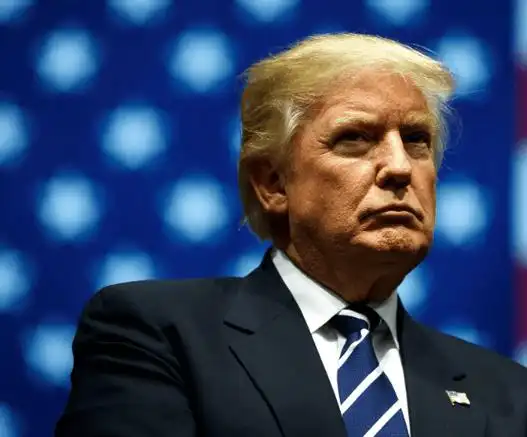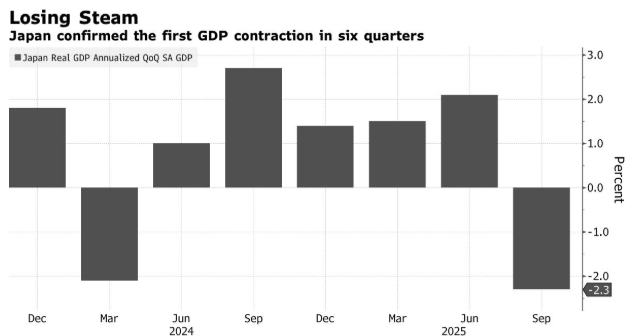Canadian Prime Minister Mark Carney announced that an election would be held on April 28. Opinion polls show that the competition between his Liberal Party and the Conservative Party is very fierce due to the trade war that Canada is facing and the taunts of US President Donald Trump against its sovereignty.
On Sunday, when Carney met with Governor Mary Simon, who represents King Charles III, the head of state, he requested the dissolution of the parliament, thereby triggering the election campaign.
“President Trump claims that Canada is not a real country. He wants to bring us down so that the United States can control us. We will not let that happen,” Carney told reporters in Ottawa. “We have recovered from the shock of betrayal. But we should never forget the lesson. We must take care of ourselves.”
Kane served as prime minister for only nine days. The 60-year-old took over the ruling Liberal Party after winning the race to succeed Justin Trudeau, who resigned under pressure from within his party.
For more than a year, the Conservative Party led by Pierre Poilievre has maintained a double-digit lead as he capitalized on public dissatisfaction with the cost of living and the housing shortage and successfully linked these issues to Trudeau’s policies. But in recent weeks, Trump’s tariffs and his threat to use “economic force” to make Canada a state of the United States have overshadowed other issues, dominating Canadian politics and inspiring Canadians to rally around their flag.
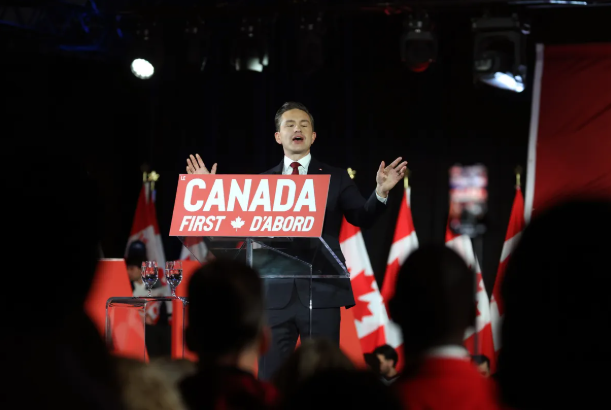
Trump’s threatening tone towards Canada has changed all political calculations. A new national poll of 1,500 voters conducted by Abacus Data shows the Conservatives with a slight lead. But David Coletto, CEO of Abacus, said in a news release on Sunday that among voters who consider Trump the top issue, the Liberals lead by nearly 30 percentage points.
While the Trump administration imposed import taxes on Canadian products, Canadian people also expressed dissatisfaction over issues such as border security, defense spending and market access for US banks. Last year, the trade deficit in goods between the United States and Canada exceeded 60 billion US dollars. Trump believed that this figure was a subsidy for the US’s large demand for Canadian oil and gas, and the US did not need such subsidies.
At the beginning of his campaign, Carney promised to reduce the tax rate for the lowest-income group by one percentage point. He said this would save families up to 825 Canadian dollars (575 US dollars) per year. When asked how he would pay for it, Carney restated his commitment to improving government efficiency and controlling spending through new technologies, including artificial intelligence.
Poliev also promised to cut taxes for middle-class families.
Both Carney and his main rival, Conservative Party leader Pierre Poilievre, will try to convince Canadians that he is the best person to protect the country from the threat of Trump, who has threatened to use “economic power” to turn Canada into the 51st state.
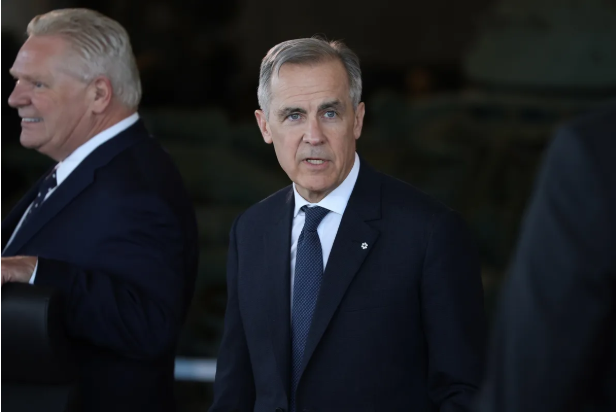
This means that Canadian politicians must address the problems that have long hindered the country’s development – over-reliance on the United States as an export market, internal trade barriers among provinces, stagnant productivity and weak business investment.
No matter who wins the general election, the economic strategy of the Justin Trudeau era – based on government expansion, higher taxes on high-income earners and rapid population growth – has come to an end.
“It’s time for us to take risks,” said 60-year-old Carney on Friday, before announcing a series of measures to remove barriers to cross-border trade and speed up the approval of energy projects. “We must do things at an unprecedented speed that we couldn’t have imagined before.”
Trade with the United States accounts for nearly 70% of Canada’s total imports and exports. Trump was very annoyed by the US trade deficit with Canada, which he called subsidies. But this is mainly driven by the US’s insatiable demand for Canadian oil and gas. Excluding energy, the US has a positive trade surplus with Canada.
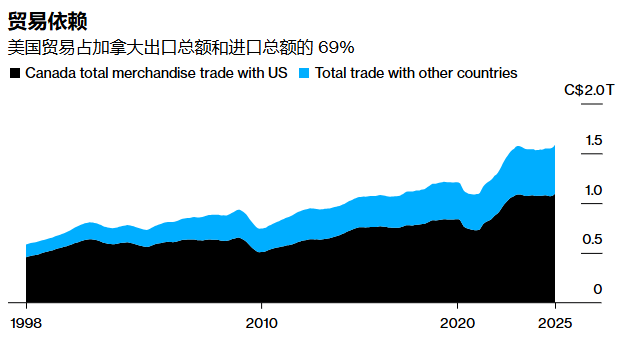
Due to the limited channels for other buyers in Canada, crude oil from Alberta is sold to refineries in the Midwestern United States at a price lower than that of West Texas Intermediate. The country has an oil pipeline leading to a seaport terminal that can serve the Asian market. Last year, the expansion project of this pipeline was just completed, with a maximum daily capacity of 890,000 barrels and a cost of 34 billion Canadian dollars (23.7 billion US dollars).
Among the G7 countries, Canada’s economic growth rate has lagged behind only that of the United States since 2018, with an average annual growth rate of 1.8%.
But this is mainly due to the sharp increase in immigration. Measured by per capita output (a gauge of living standards), the Canadian economy has been sluggish.
The Bank of Canada has described the country’s sluggish productivity as an “emergency”. Both Carney and Poloz have pledged to limit the number of immigrants to a level that the economy can bear, while releasing infrastructure and technological investment to enhance Canada’s productive capacity.
